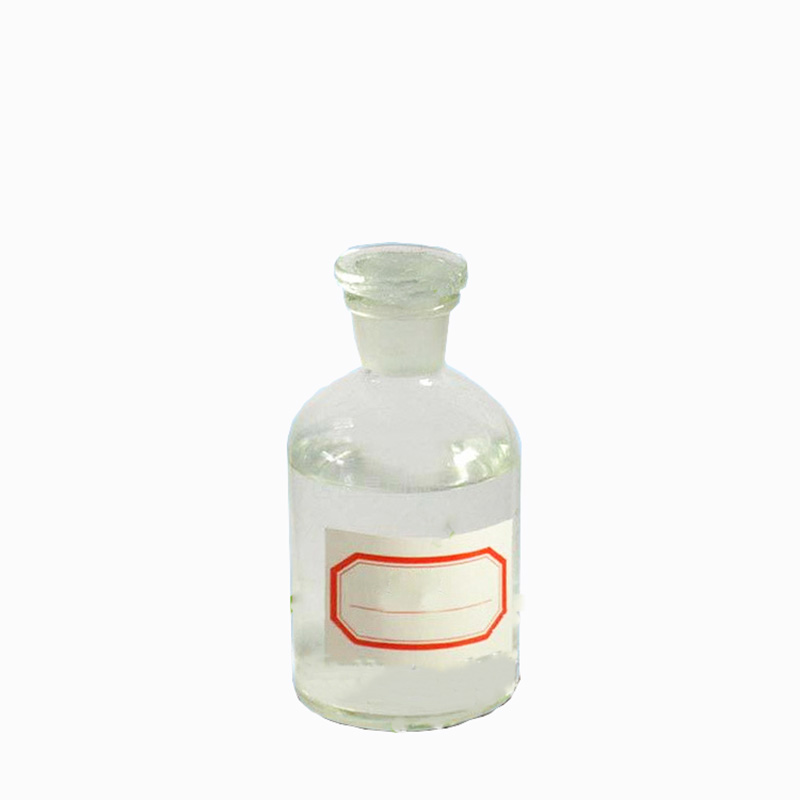N-butanol
It can be mixed with ethanol, diethyl ether, and many other organic solvents. Hydrogenation was produced by a sugar fermentation or n-butyraldehyde or buteldehyde. Used as a solvent such as fat, wax, resin, worm, varnish, and the like. , Or for manufacturing paint, artificial fibers, detergents, etc.
N-butanol is an organic compound of the molecular formula C4H10O, which has a strong flame when the colorless transparent liquid is combined. Smelling like a butterol oil, steam is irritating, causing cough. The boiling point is 117.7 ° C, the relative density is 0.810.63% n-butanol and 37% water to form a tympily boiling liquid.
1. Azeotropic mixture is formed with water to be miscible with ethanol, diethyl ether, and other organic solvents. Soluble in alkaloids, camphors, dyes, rubber, ethylcellulose, resin acid salts (calcium salts, magnesium salts), grease, wax and various natural and synthetic resins.
2. The chemical properties is the same as ethanol, propanol, and has chemical reactivity of primary alcohol.
3. Butanol is a low toxic substance. Anesthesia is stronger than propanol. Repeated contact with the skin can cause bleeding and necrosis. It is about three times the toxicity of human beings. Its steam stimulates the eyes, nose and throat. The concentration is 75.75 mg / m3, even if people feel uncomfortable, but because of high boiling point, low volatility, except for high temperature use, is not dangerous. Rat oral LD50 was 4.36 g / kg. The olfactory threshold concentration is 33.33 mg / m3.
4. Stability: Stability.
5. Disabate compounds: strong acid, acid chloride, acid anhydride and strong oxidant.
6. Gathering hazard: do not gather.




